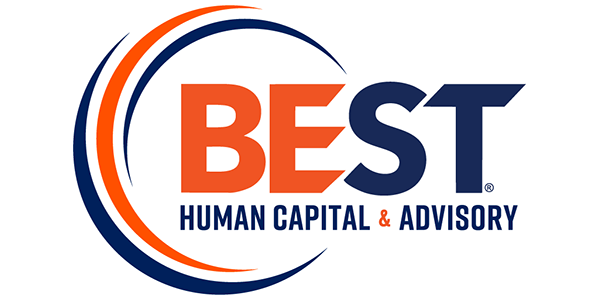
Employee Retention Issues? Look in the Mirror (Part 1)
Part 1 of 2-Part Series on the Important and Timely Issue of Employee Retention There is a saying that employees don’t leave companies, they leave managers. Today they are leaving more than ever. According to recent U.S. Department of Labor statistics, the average tenure of an employee in the U.S. is now only 1.5 years. […]




